Blog Detail

In every job that must be done, there is an element of fun!
Find the fun, and SNAP, the job’s a game! I don’t mean to get all Mary Poppins on you, but yet…I kinda do! Writing an email sequence doesn’t have to be a dreaded chore. In fact, it’s one of my favorite things to do for my clients. But I have learned that it’s only fun when I’ve laid the proper groundwork and done the initial planning and mapping out for my sequence.
I promise that when you’ve worked through these 8 steps before, during and after your email sequence, you’ll have found the element of fun too.
First things first: What is an Email Sequence?
An email sequence (also called an autoresponder) is a series of emails sent to your subscribers based on predetermined time intervals. It is usually an automated process, and something you set up one time. However, many businesses create more than one sequence to be triggered when a customer performs a specific action. (i.e. signs up for a newsletter, or purchases a product).
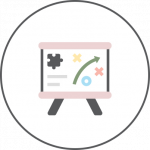
Prepare & Plan: Get the Big Picture of your
Sequence
Every project is an opportunity to learn, to figure out problems and challenges, to invent and reinvent.
David Rockwell
I admit it. I love to plan. Having a plan is like making sure your Google Maps is synced up on your nav. You’ve gotta know where you’re going, in order to get there.
So when you’re preparing and planning for your sequence, here are some good questions to ask yourself:
- What is the goal (desired end product) of this sequence?
- More subscribers?
- More sales?
- Establish Authority?
The answer can be ‘All of the Above’ or it could be a totally different goal. Make sure you know what the desired outcome should be. This will help you write with purpose.
- Write an Outline
There are a million different ways to outline your sequence, and it will be specific to your industry, and your objectives, and your audience. But here’s a sample if you were wanting to nurture and engage your audience before they were your customers:
- Welcome
- Value
- Value
- Value
- Pitch
- Follow-up

Uniqueness & Unhappiness: Build a better mousetrap
Build a better mousetrap and the world will beat a path to your door.
Ralph Waldo Emerson
Whether you are a small business or an entrepreneur, or you’re a copywriter writing a sequence for a client…you have to be able to identify what makes you or your client unique. Without this bit of information, you will not be able to separate yourself from the crowded and busy marketplace.
Q: How do you find your unique-factor?
A: Know what pain (or unhappiness) you solve.
When you can identify what it is your customer feels or experiences, and that you can also alleviate, you’ve tapped into your uniqueness factor.
Copywriters have formulas when they’re writing to stir up emotion or prompt action. It goes like this:
- Identify the problem
- Agitate that problem
- Trot out the solution
This little formula is also called the PAS formula: problem-agitate-solution.
You have the solution someone is looking for with your product or service. When you know your uniqueness factor, and the unhappiness you solve, you’ve tapped into your power.

Tantalize & Tease: The Art and Science of Subject Lines that Get Read
On the average, five times as many people read the headline as read the body copy. When you have written your headline, you have spent eighty cents out of your dollar. David Ogilvy
Whether we like it or not, we do judge a book by it’s cover. First impressions are powerful, both in person and in print. In the world of marketing, and specifically, email marketing, your first impression is made in the Inbox with your subject line.
According to Radicati Group, the average office worker receives 121 emails a day. That makes for a lot of noise and competition to be noticed, opened, and read.
Here are some tips to maximize and pique the interest of your readers.
Tease: Leave a little to the imagination in your subject line descriptions. The key is to leave an element of mystery to the reader, to which they must open up to get satisfied.
Short: Less is more on the sacred ground of the subject line. Too much text can get cut off when viewing on a mobile device. Most emails are read over mobile, so you want to capitalize on this space. Try to stick to about 6-10 words.
Connection: Be sure to re-read your subject line after you’ve written the body copy of your email. Does it make sense and relate to what you teased in the subject line?

Distribute & Deliver:
Provide Epic Content that People Want
Web Marketing is about delivering useful content at just the precise moment that a buyer needs it. David Meerman Scott
This is where the rubber meets the road in crafting your email sequence. You’ve done all the preliminary work of outlining, identifying pain points and your unique solution, and you’ve also worked on creating subject lines for each of your emails.
Now you’ve got to actually sit down and write them out.
Don’t worry about editing, or formatting, or design at this point. All that matters is that you get some words on your page.
Keep these things in mind when your writing your emails:
Be Personal: If you can tell a story, or connect to the pain and discovery in some way, readers will key in on that. Story-telling is powerful and very effective.
Cookies & Champagne: Every once in awhile you have to pop open some bubbly. Think about where you can add a little sugar to your email sequence. Can you give away some free content somewhere? Add a download or discount?
Variety: Not every email has to be the same length. In fact, I recommend, switching it up occasionally. Your reader will appreciate it.

Voice & Vibe: How Your Personality Shines Through
Your smile is your logo, your personality is your business card, how you leave others feeling after an experience with you becomes your trademark. Jay Danzie
Think about email marketing like you’d think about having coffee with a friend. It’s meant to be a more friendly approach to marketing.
The key is to sound like yourself (only better!).
Remember the spoken word and the written word are different animals and should be treated differently. Even though your words should be familiar and friendly, if it’s too friendly, it can come across as unprofessional.
Remember, grammar and punctuation DO matter, and can reflect positively or negatively on you and your business.
Here are some other tips to keep in mind:
Conversational: I don’t care if you have 10,000 people on your email list. Pretend you are writing to 1 person…and that person is not you.
You: This is about that one person. Be sure to use the pronoun “you” as often as possible, and avoid “we.”

Conversions & Call to Action: How to Maximize Your Ask
People don’t buy for logical reasons. They buy for emotional reasons.
Zig Ziglar
The progression of your email sequence needs to have a crescendo, a climax, an ask. Your reader expects it. We recently helped our school put on a Gala fundraiser. It was a great success, and we knew that with a captive audience, we had to actually ask for money. I suspect no one goes to a fundraiser and is offended when they are asked for money. You assume you are going to be asked for money. If you don’t want to be asked, you won’t go. It’s pretty simple.
The same is true for your email sequence. At some point, you’re going to have to actually ask for what you want.
Remember the PAS formula? Problem-Agitate-Solution. When you’ve shown the problem and agitated their awareness of their problem and the need to fix it, your solution is very closely connected to your Call to Action.
Keep these points in mind when you’re issuing your call to action:
Singular: Do you have a clear and singular offering. Too many links, buttons, choices etc…can be confusing.
Trial: Can you give a free trial to overcome hesitation?
Guarantee: Buyers need to feel protected if the product or service doesn’t live up to their expectations. This doesn’t mean that you can’t set some limitations around what those guidelines will be, however.

Edit & Execute: The Final Touches On Automation
Write drunk. Edit sober.
Ernest Hemingway Congratulations! You’ve written your sequence, and now it’s time to put the finishing touches on it before you set it up to send to your list. If time allows, I recommend stepping away from your sequence for a day or two, before you dive into editing. It’s amazing how some good food, sleep and relaxation can help give you a fresh perspective on your writing. Often, I return to my work and reread it and say, “What was I thinking when I wrote this?!” Here some editing tips for your sequence: Read it out loud: How does it sound? Do you stumble over certain sentences? If so, edit those sentences and paragraphs so that it sounds better. Spacing: There is a lot to consider when it comes to how far apart to send your emails out. Consider your audience to determine if weekends are effective days to send emails? Consider your calendar and be on the look out for holidays or other significant dates. Segment: This may be a marketing “buzz” word, but it is for good reason. Consider who the parts are that make up the whole of your list. When you can identify different segments, you can customize your message specifically for them.

Analyze & Adapt: What Worked and What Needs Improvement?
Keep your head up in failure and your head down in success.
Jerry Seinfeld
Fine-tuning your email sequence requires a little bit of time and a little bit of data. Regardless of what Email Service Provider you use, they will have analytics for you to look at to see how your sequence performed.
Here are some factors for you to consider in your analysis.
Open Rates: Where do you see the numbers drop off? How can you make those emails more appealing? Try split-testing the emails next time. Consider changing your subject lines, body copy, graphics etc…to see what gets better traction.
While all of this art, some of it is science. Sometimes it’s an easy or obvious little tweak. Sometimes, you have to try completely different words, headlines, colors etc…to see what works best.
Effectiveness: Did you email sequence accomplish one or more of the objectives you determined at the beginning of your sequence? If you didn’t meet your goal but got close, consider it a successful first-run. If you met or exceed your goal, CELEBRATE, then Wash, Rinse, Repeat!
We’ve just scratched the surface of ways to optimize your email sequence!
Check out the rest of our over 40 tips and tricks to make the most out of your email sequence.
Download the FREE CHECKLIST here!
Comments
Leave a Reply
TOP ARTICLES
-
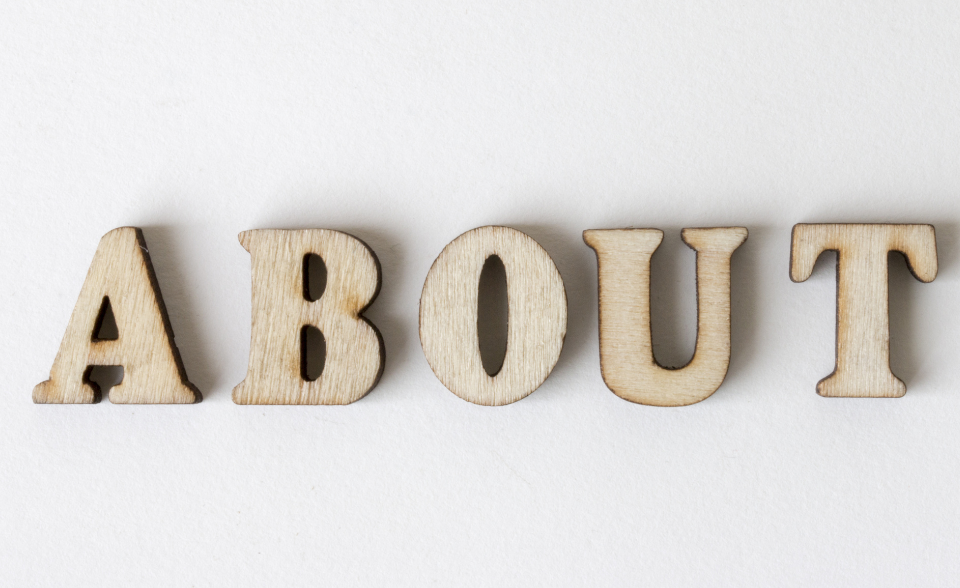
5 Surprising Things to Know About Your About Page -

8 Elements You Need on Your Home Page + Real-Life Examples You'll Love -
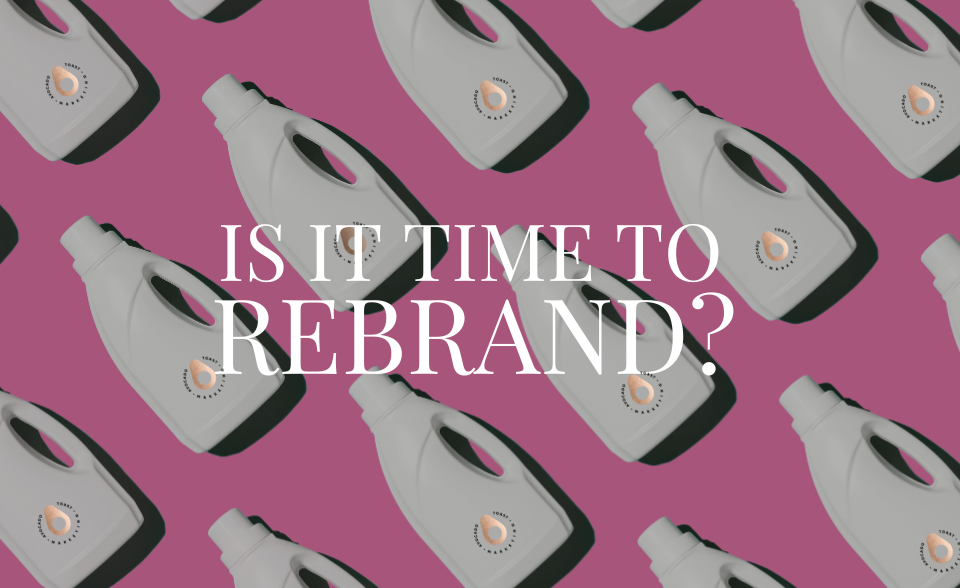
5 Ways to Know It's Time to Rebrand Your Website -
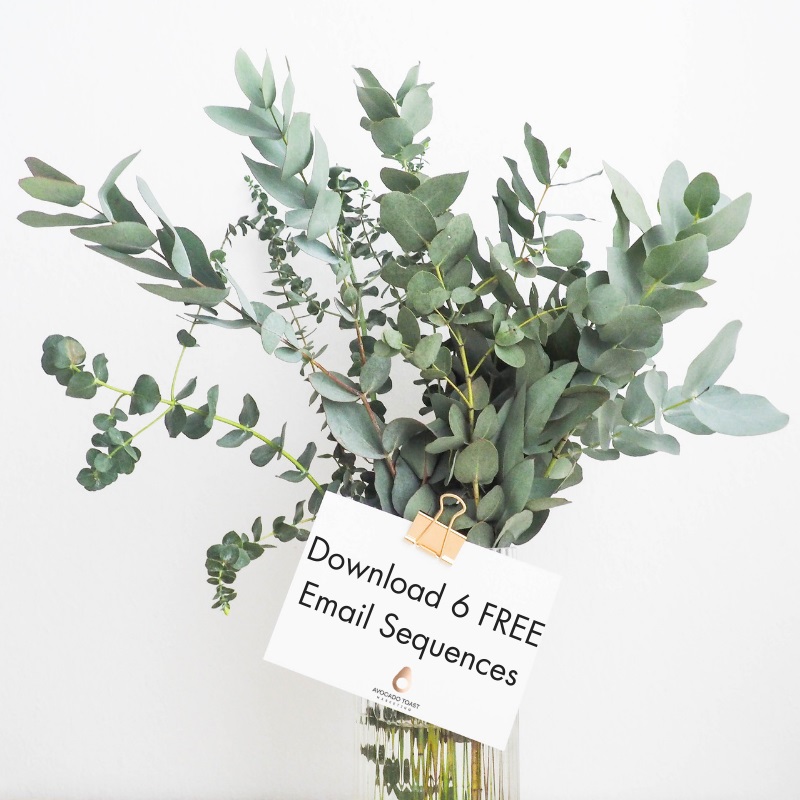
Get 6 FREE Email Sequences + Use this Quiz to GROW YOUR LIST! -
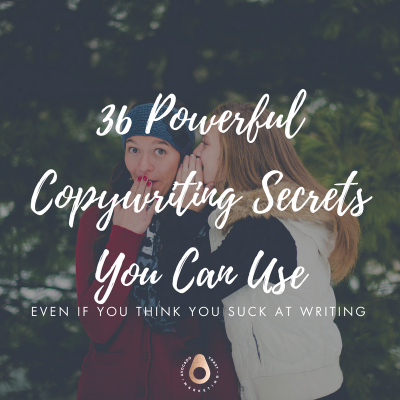
36 Powerful Copywriting Secrets You Can Use, Even if Think You Suck at Writing -

SLIDE DECK: How (and why) you Should Automate Email for your Business -

How I Became a Certified Copywriter, And You Can (and probably should) Too! -

Plan & Write Your Email Sequence with these 8 Easy Steps!




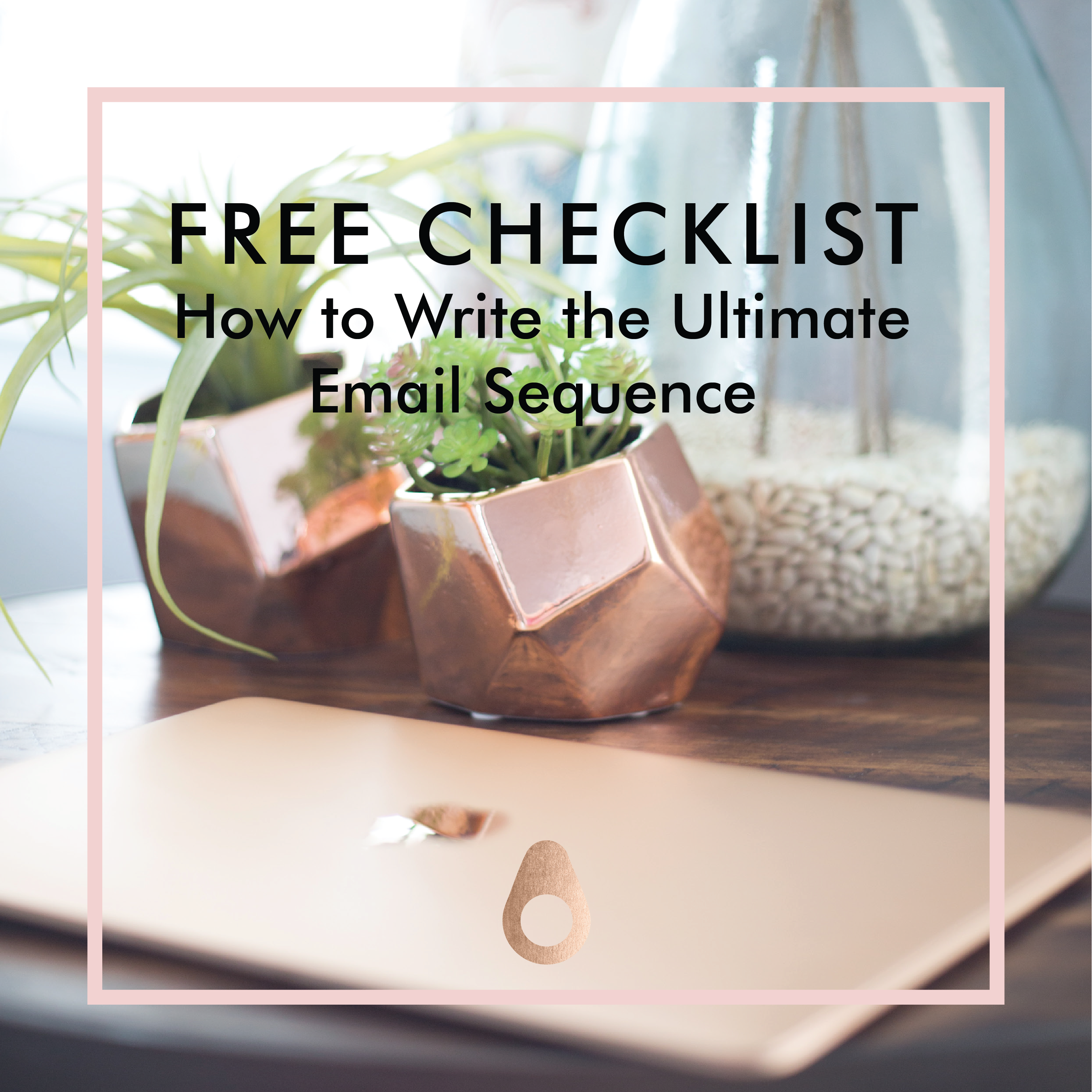




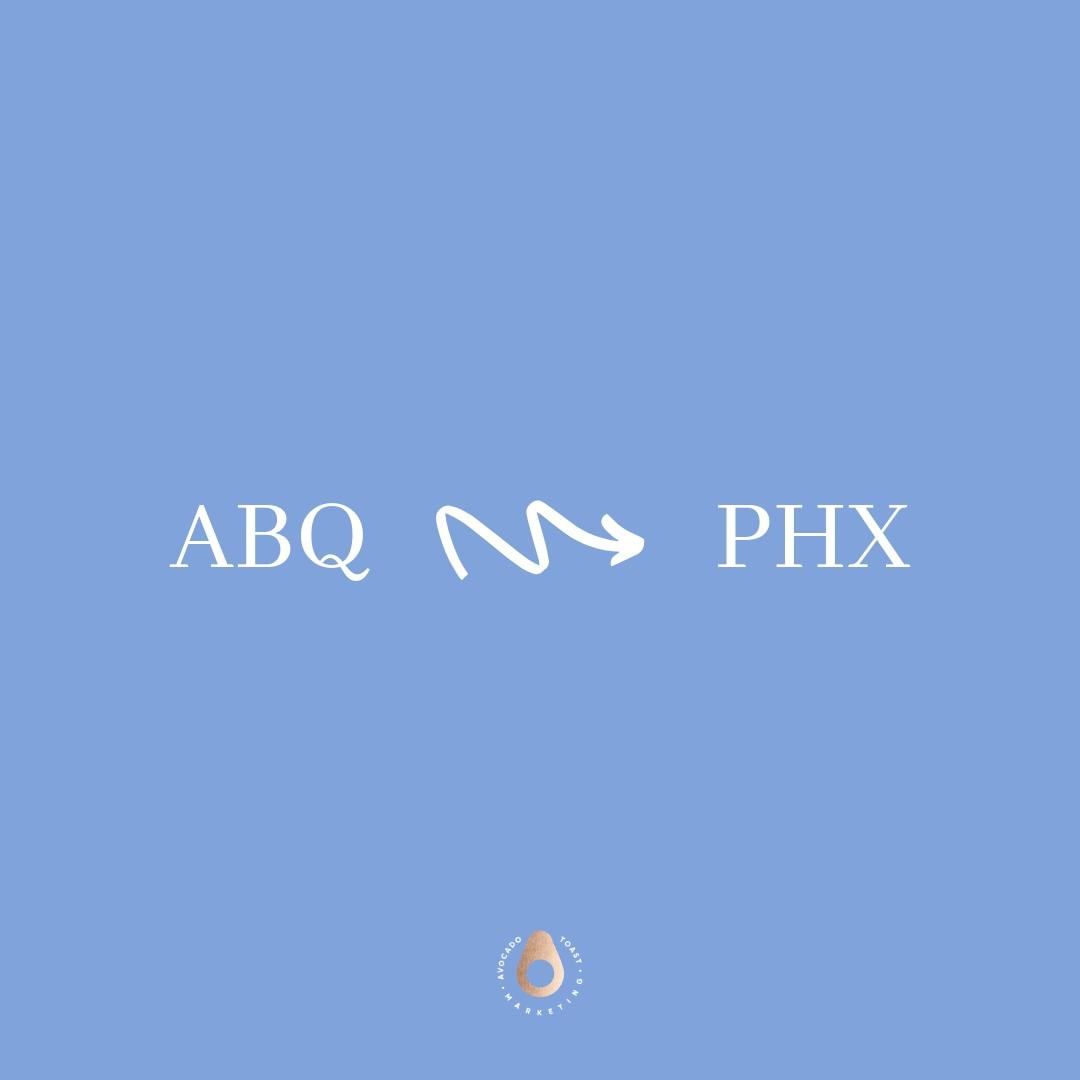

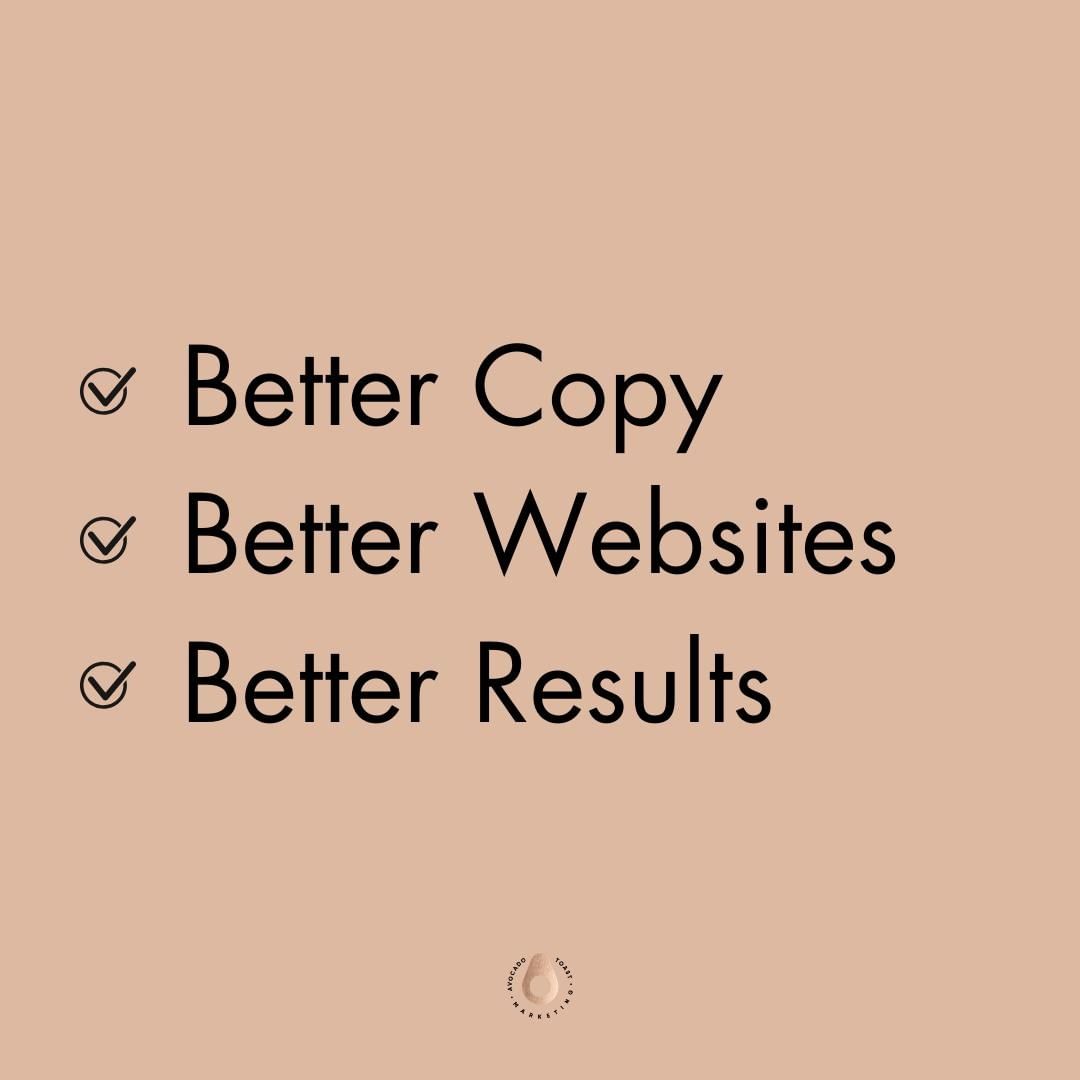

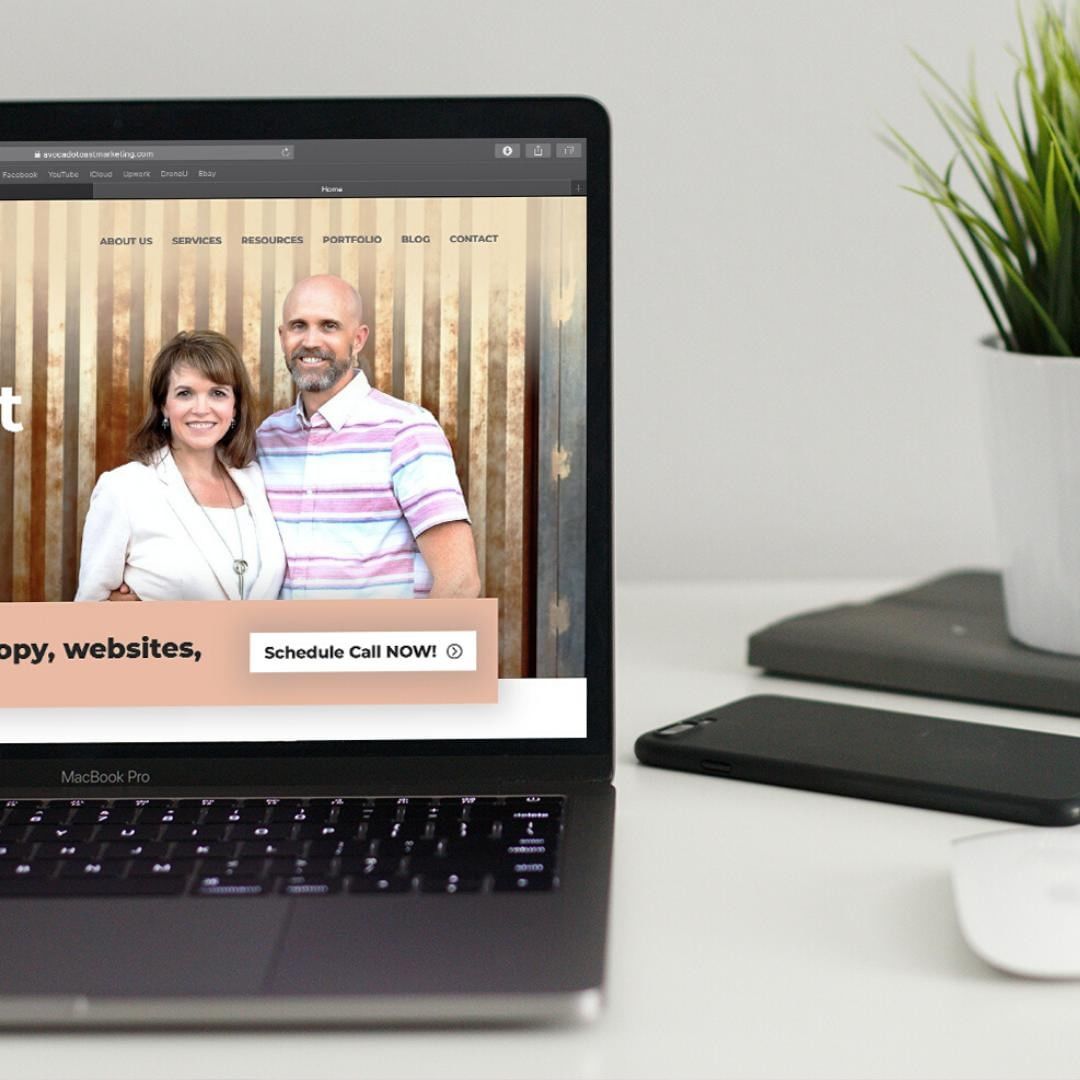

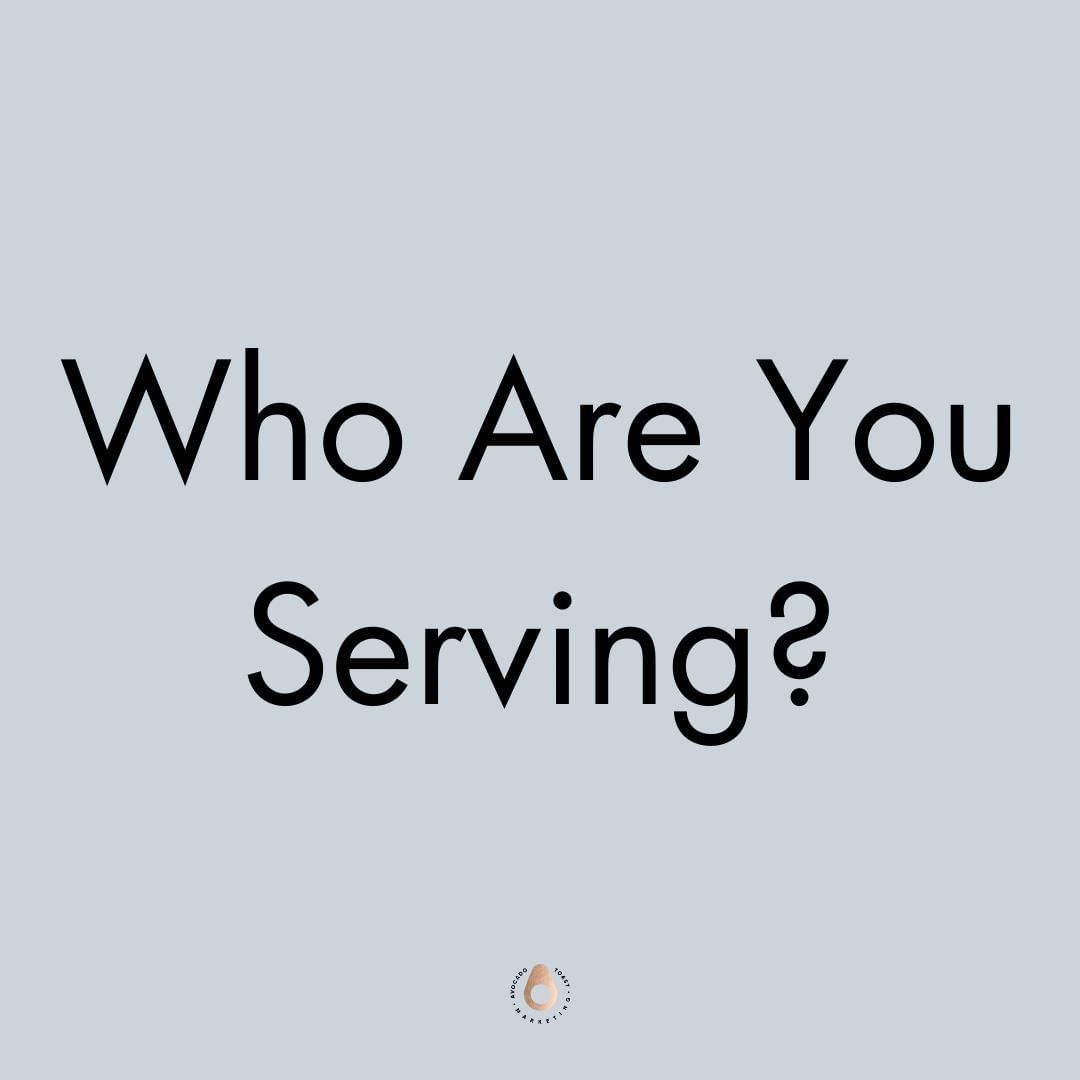
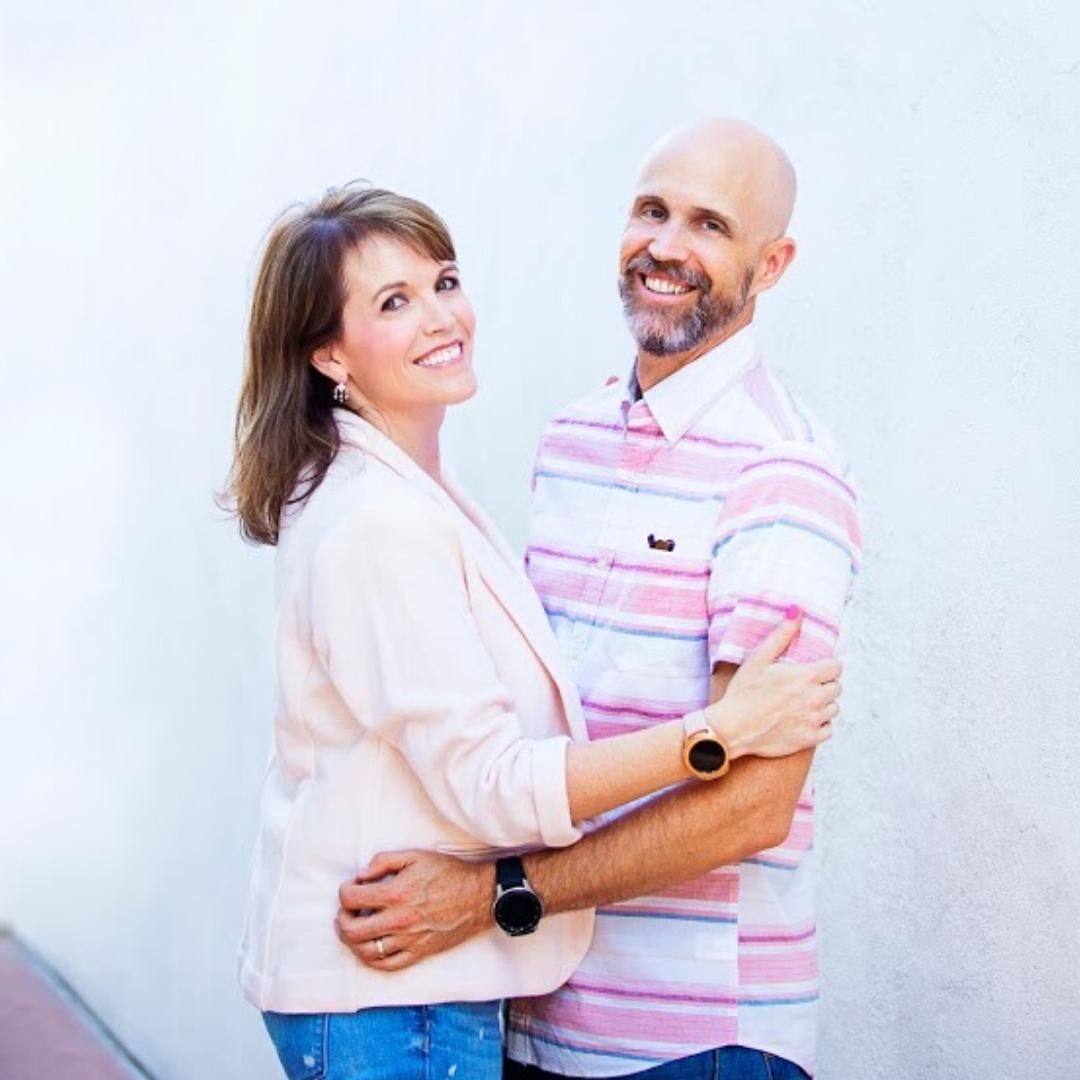

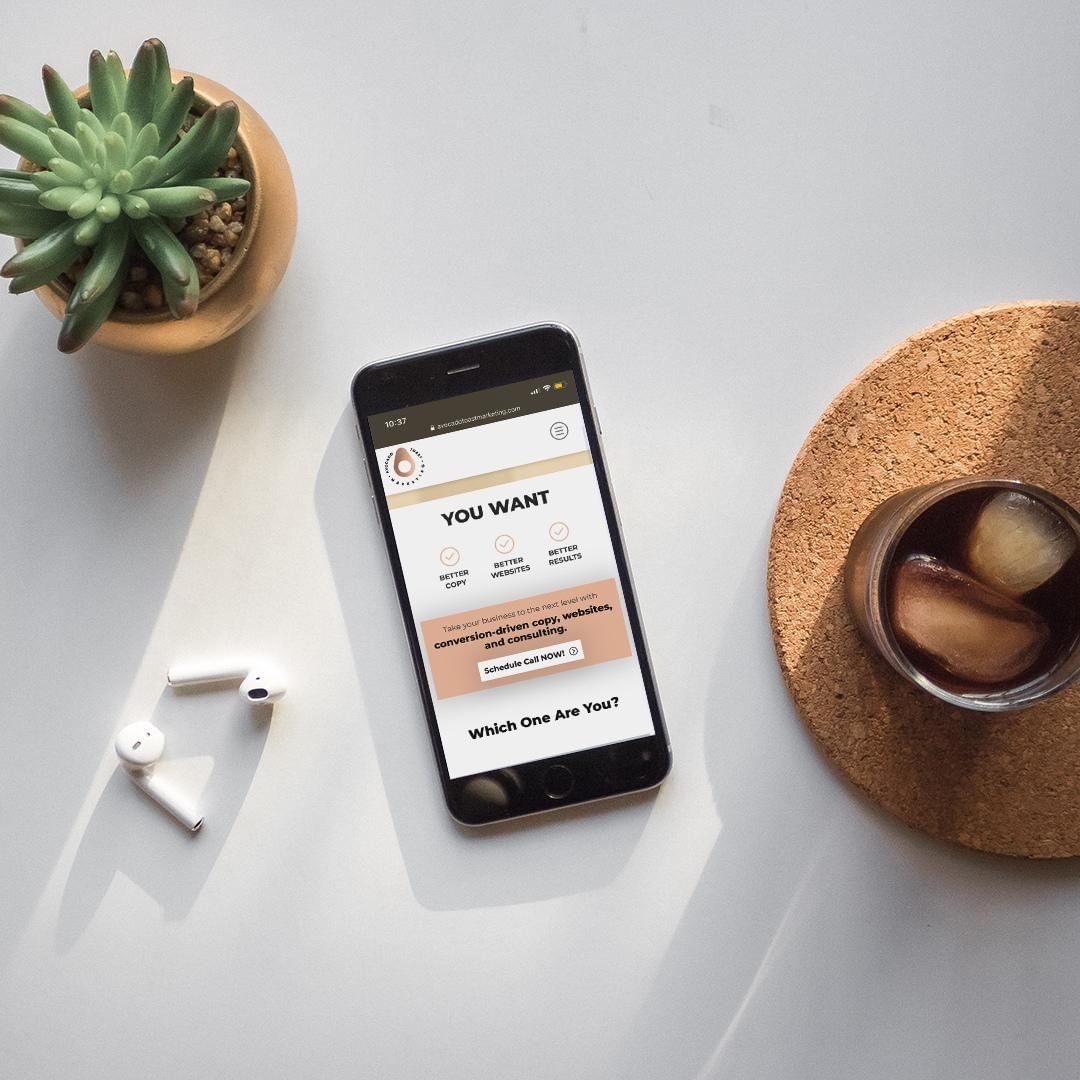
Thank you for sharing